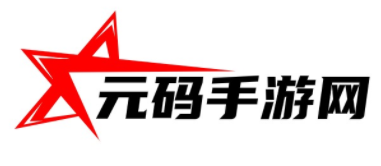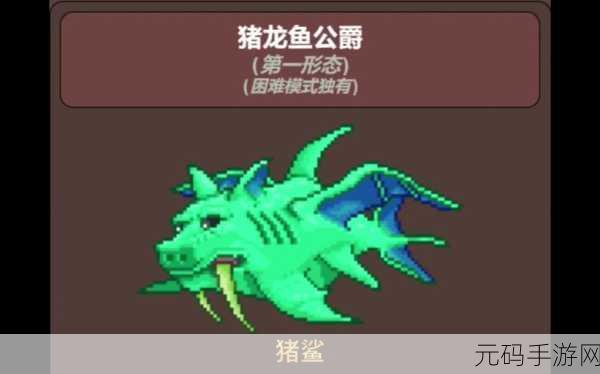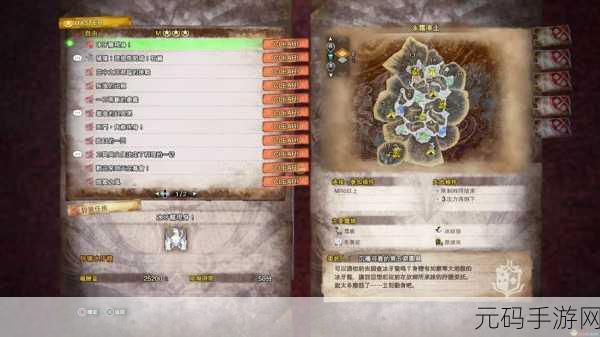麒麟芯片9000E跟9000S区别:麒麟芯片9000E与9000S的核心性能对比分析
麒麟芯片9000E与9000S的核心区别
手机市场对高性能芯片的需求日益增加,消费者在选择设备时常常会关注所搭载处理器的能力和特性。华为推出了两款备受瞩目的移动芯片:麒麟9000E和麒麟9000S。虽然这两个型号看似相近,但它们在性能、能效及应用场景等方面存在显著差异。
架构设计与工艺制造
麒麟9000系列采用的是先进的5nm制程技术,这一生产工艺使得芯片具有更小的体积以及更低的功耗。然而,具体到不同型号上,9000E与9000S之间有着细微但重要的变化。例如,99600E中的GPU配置较少,相比于具备强大图形处理能力且适合重度游戏玩家和创作者体验增强功能的9000S,其表现有所逊色。这种设计上的考量,使得各类用户能够更加精准地找到符合自己需求的平台。

AI运算特性
AIE(人工智能引擎)是现代移动设备提升用户体验的重要组成部分。在这一领域,两款产品又展现出独特优势。尽管二者都配备了强大的神经网络单元(NPU),但903300E对一些复杂任务执行速度稍慢,而93000S则优化了实时翻译、人脸识别等多项应用,使其成为摄影师或内容制作人的理想之选。从整体来看,如果需要频繁使用AI相关功能,那么选择910000S将明显带来流畅感。
综合性能比较
The performance metrics of both processors highlight their different target audiences. 麒麟 9,000 E focuses on efficient multitasking and day-to-day usage scenarios, making it an excellent choice for regular users who manage typical tasks like browsing and streaming. However, when the requirement shifts to high-intensity applications such as gaming or video editing, taking advantage of the additional cores and enhanced clock speed available in 9,000 S can lead to a noticeable difference in user experience.

电池效率及散热管理
Pushing boundaries with powerful chips often leads to concerns about battery life and heat generation. The efficiency improvements incorporated into these chipsets are crucial for end-users looking for reliable daily usage without constant recharging. While both models feature advanced thermal management technologies designed to regulate temperature effectively during intensive operations,93503's optimization allows it to maintain cooler temperatures under load compared to its predecessor—translating directly into better overall energy consumption rates during demanding tasks.









